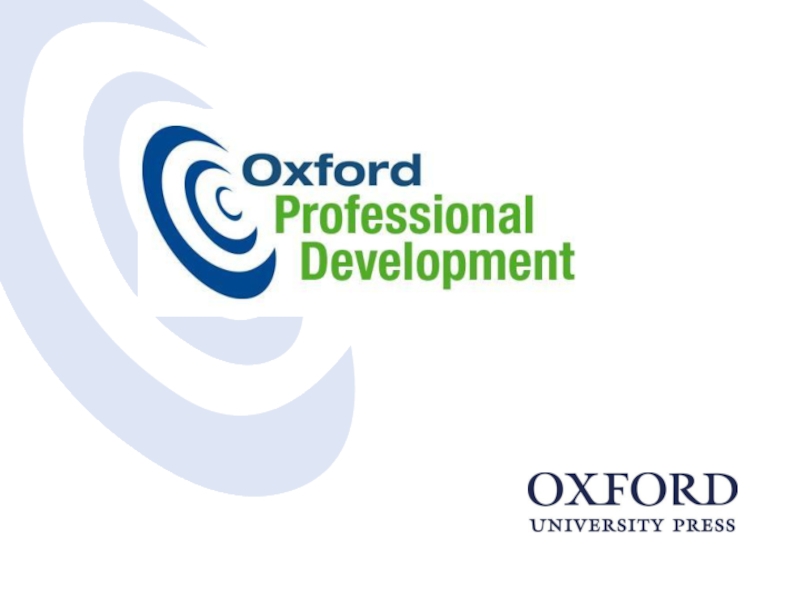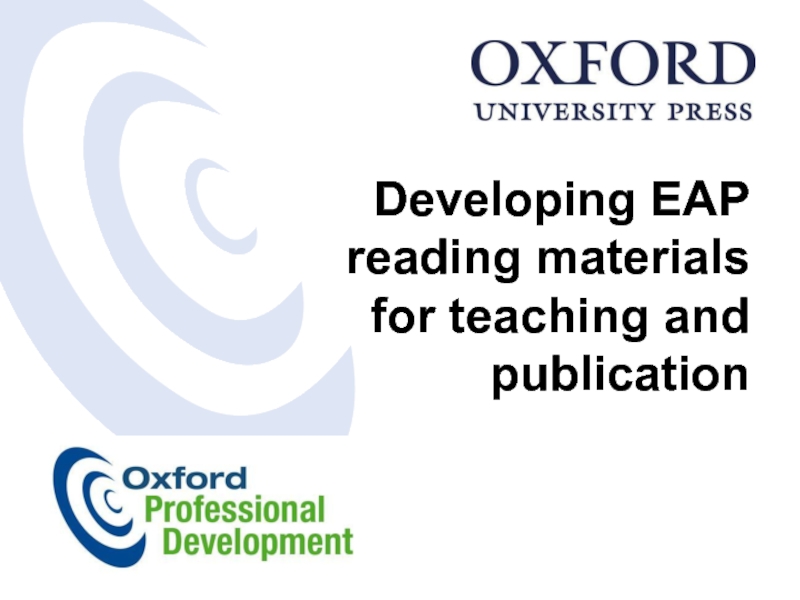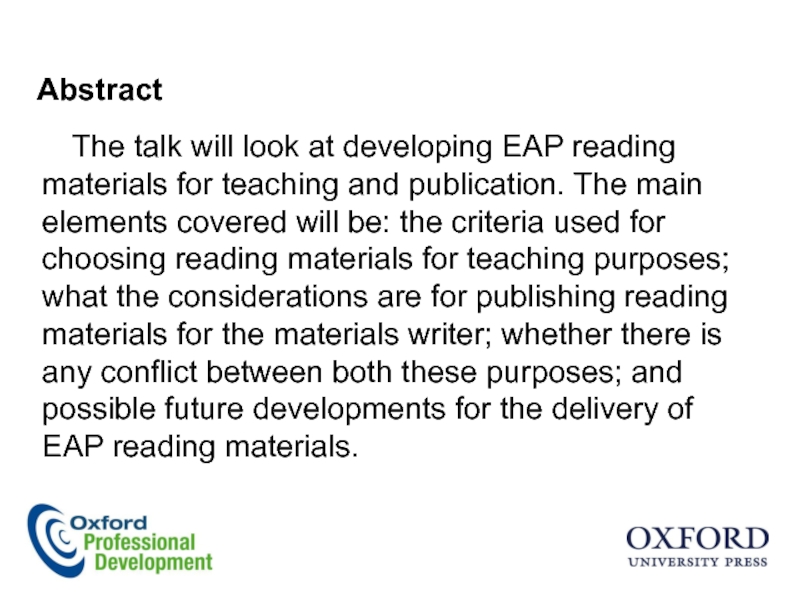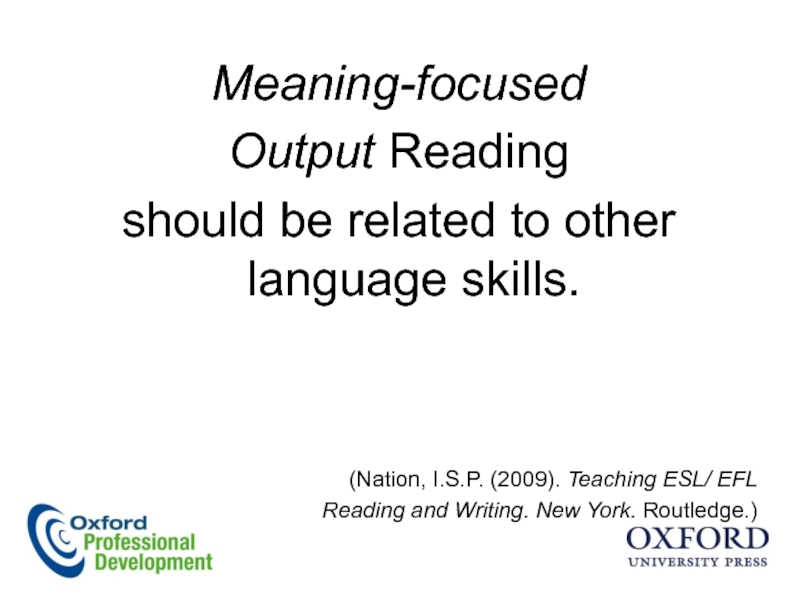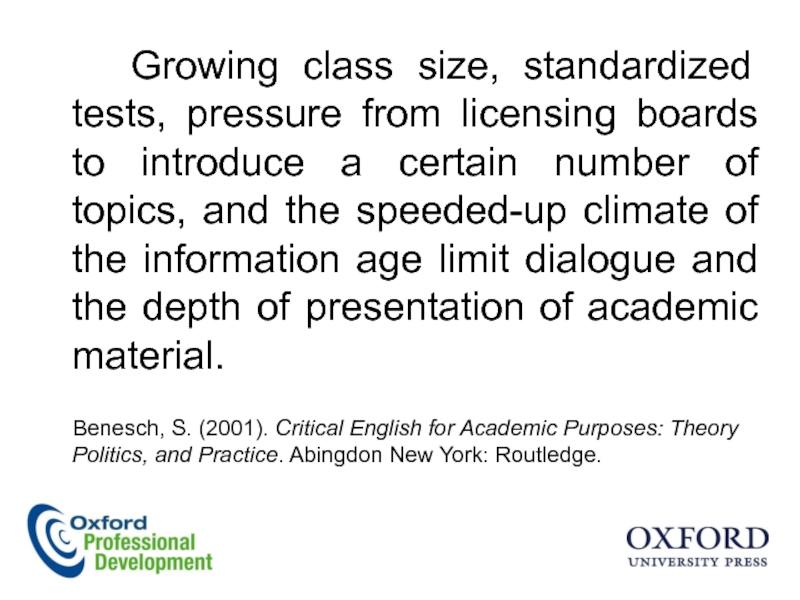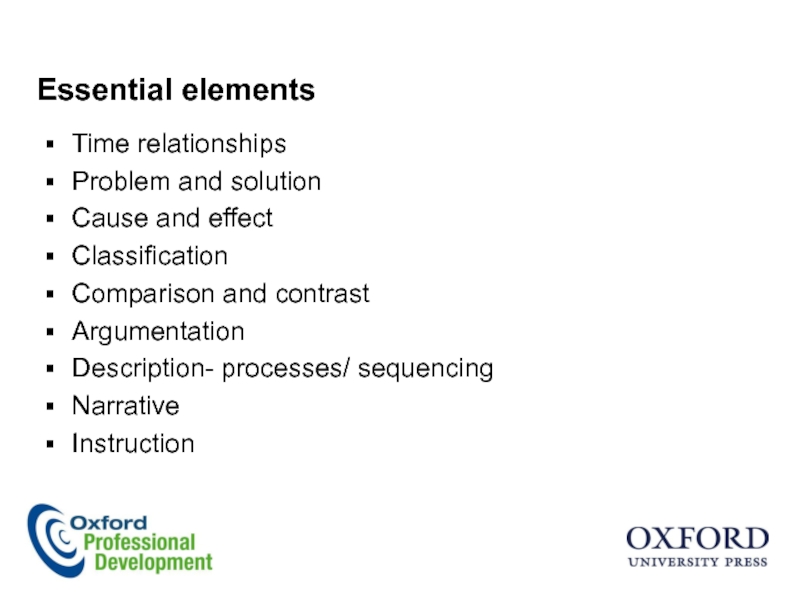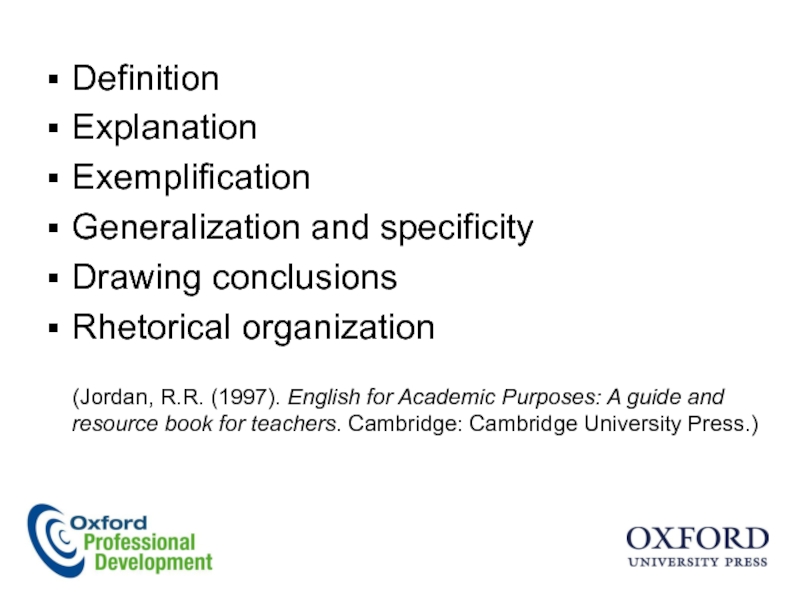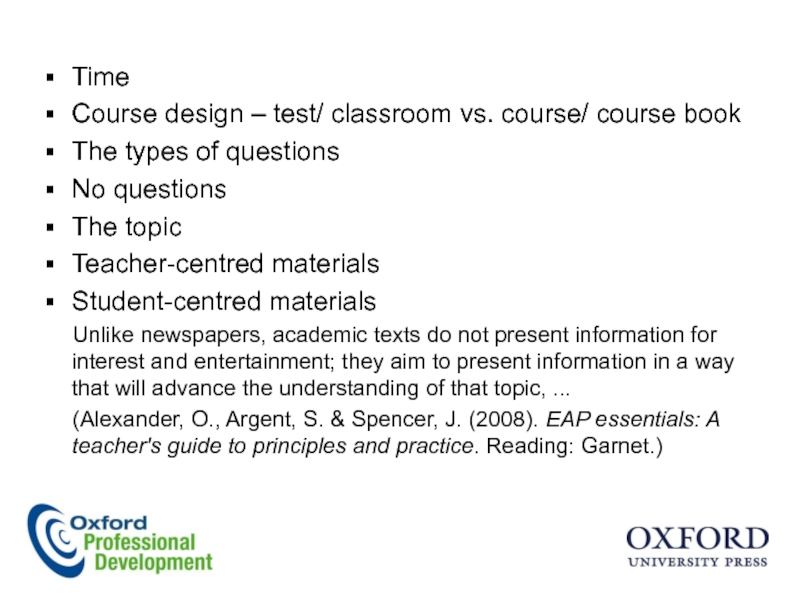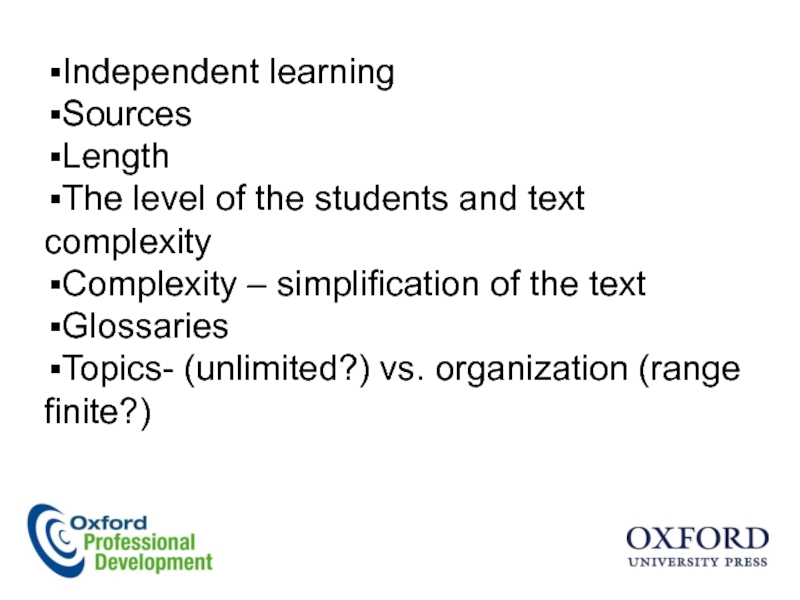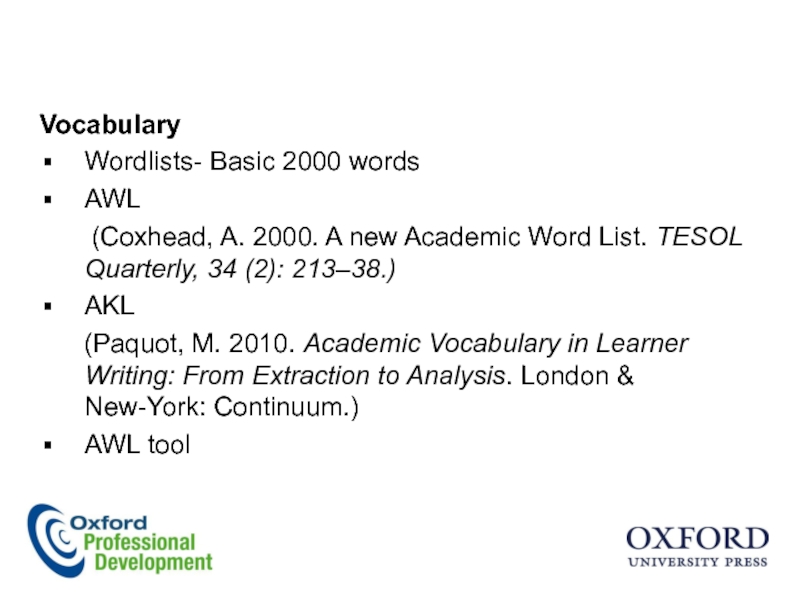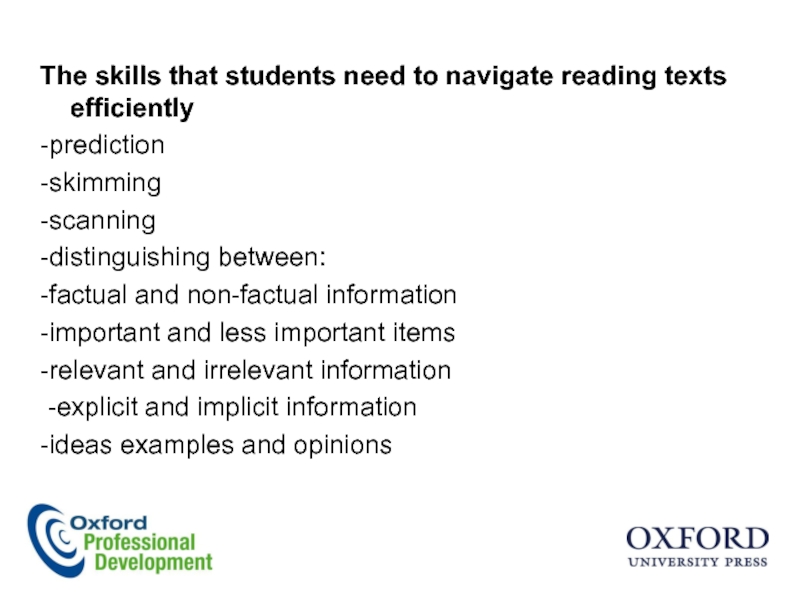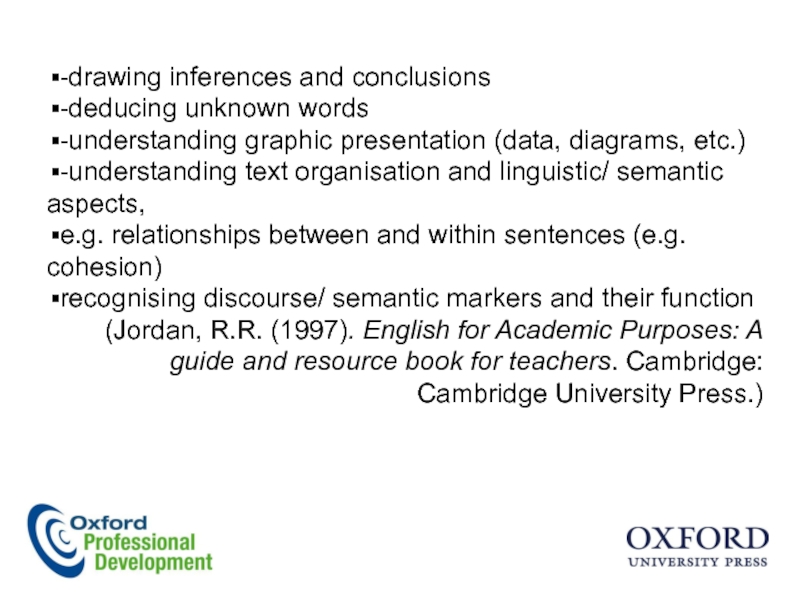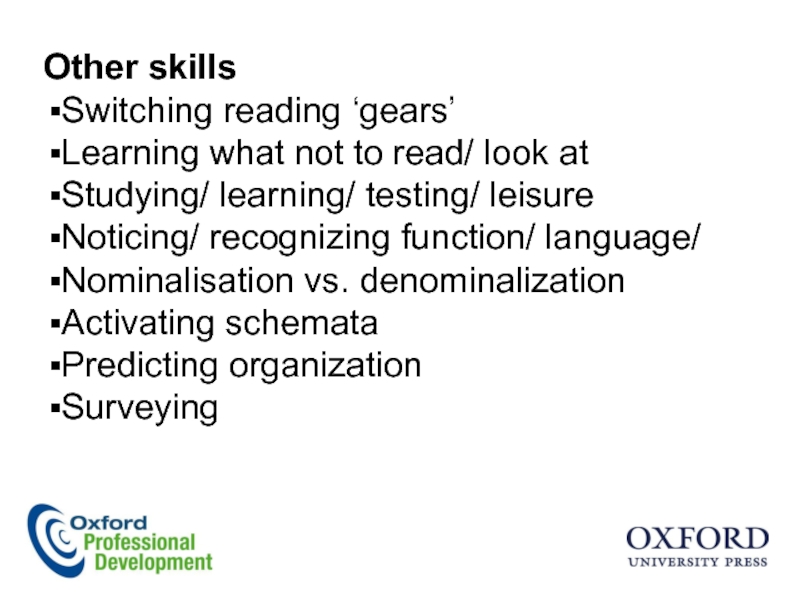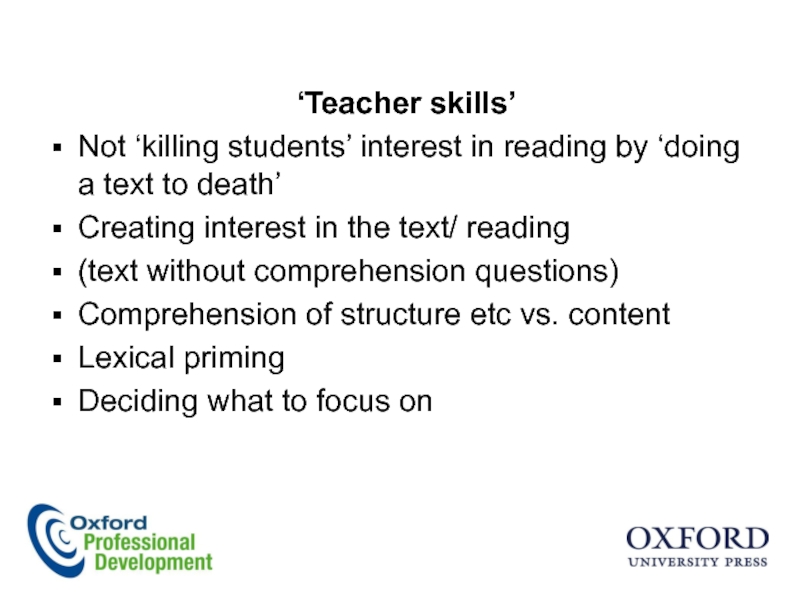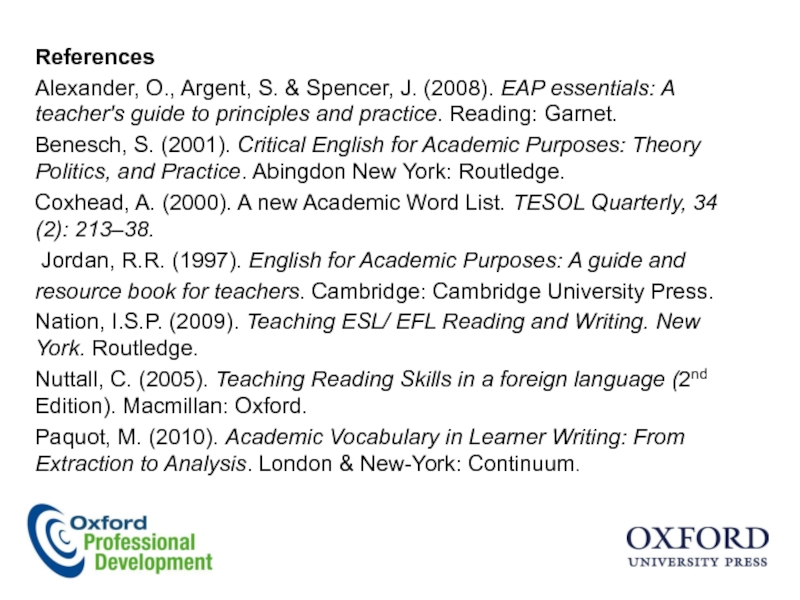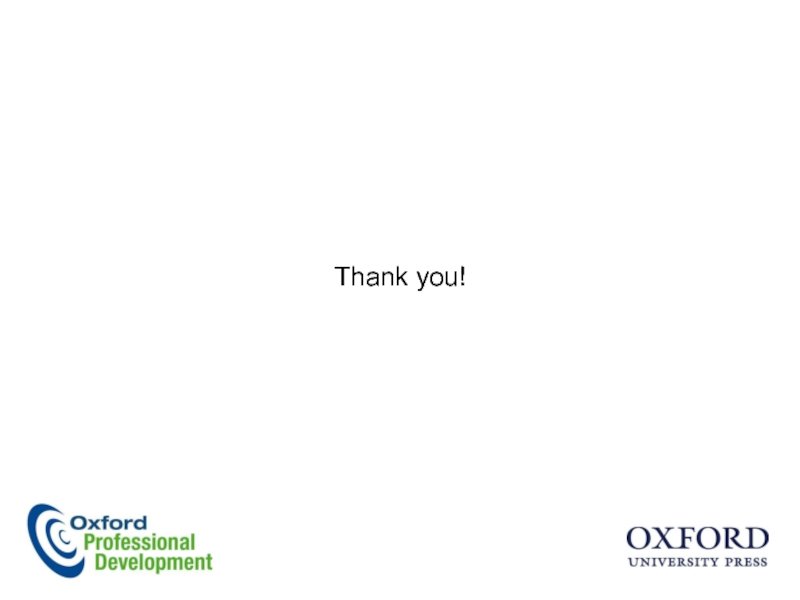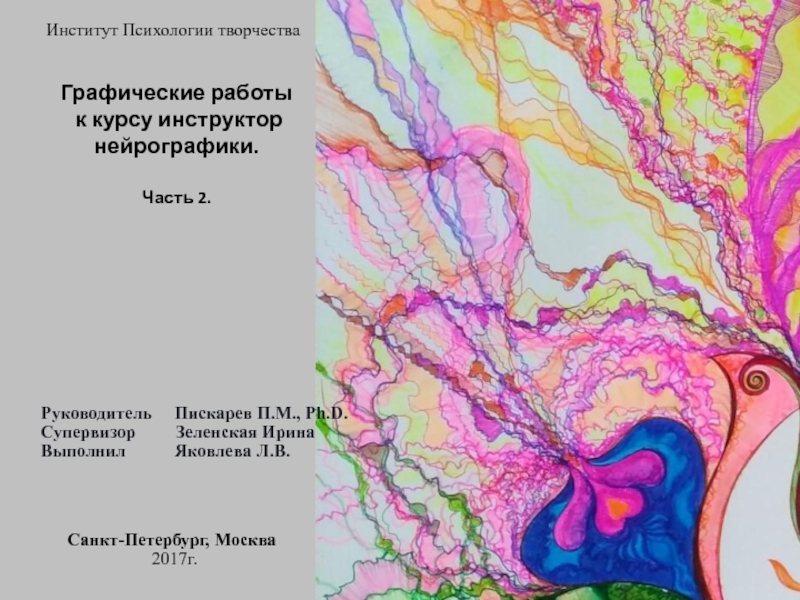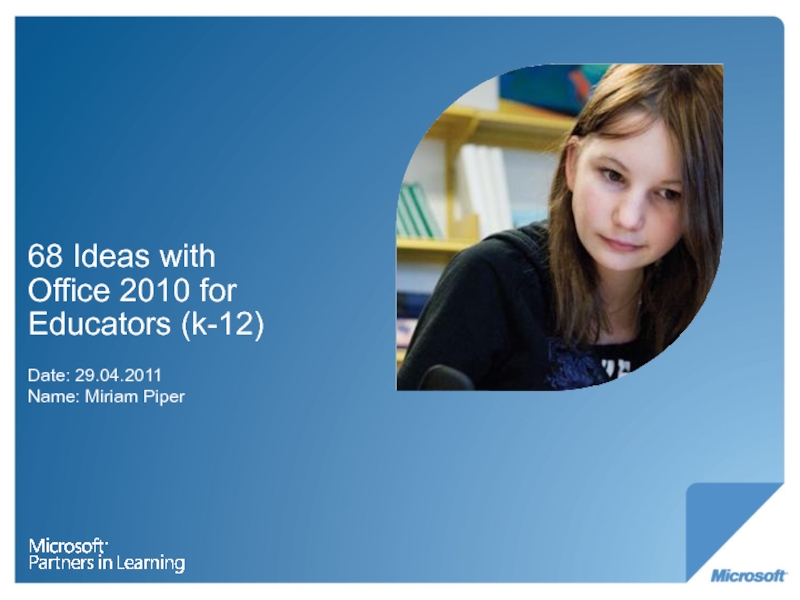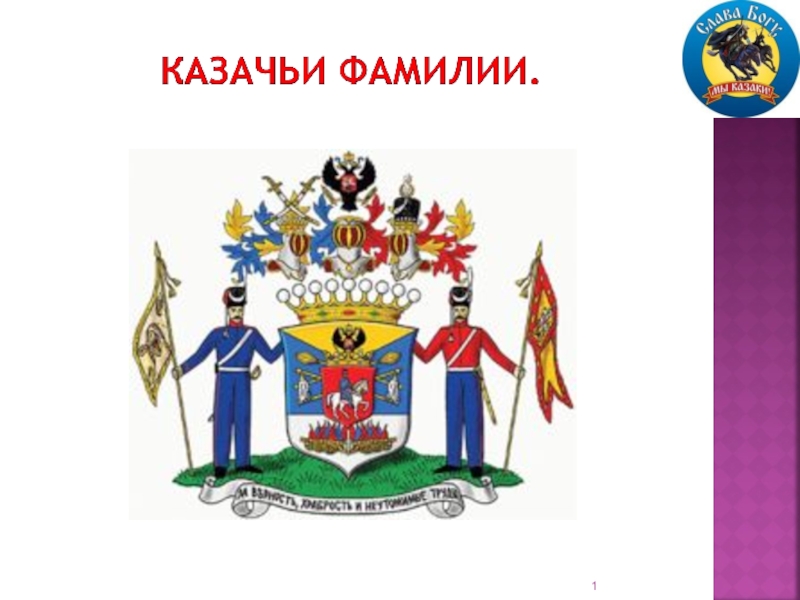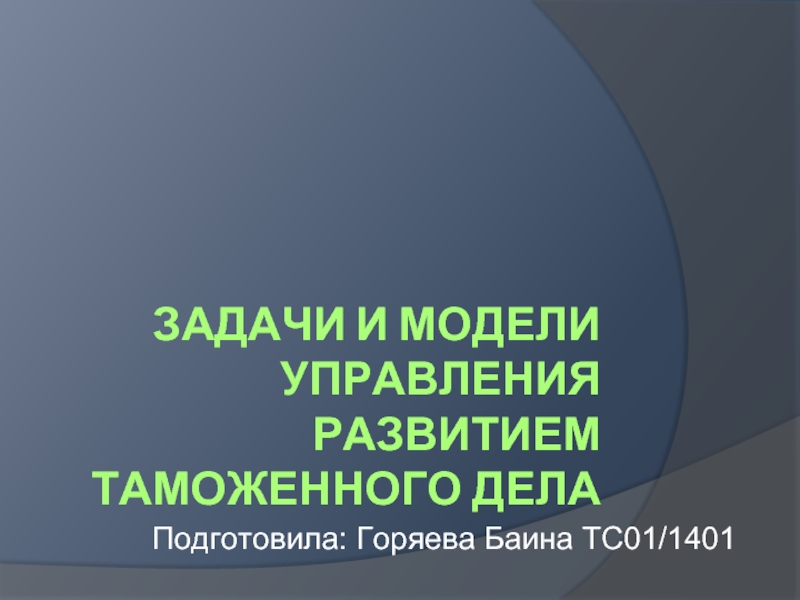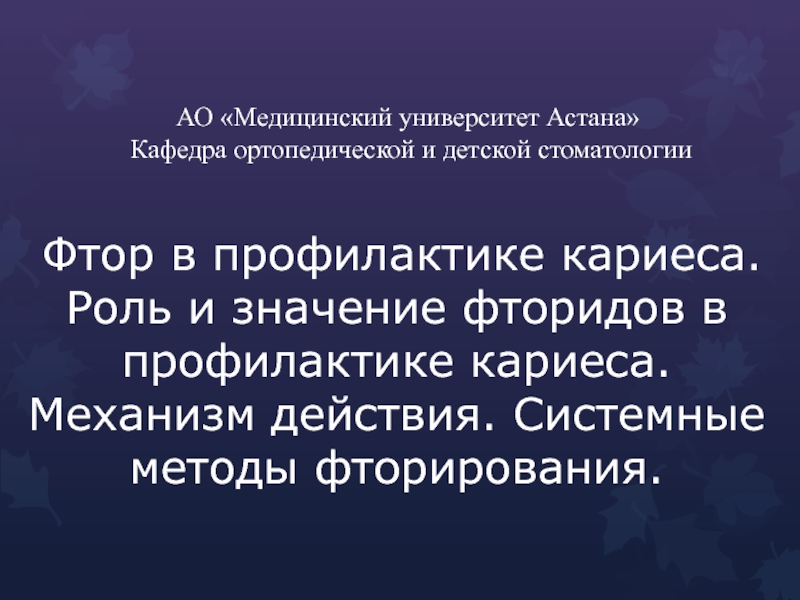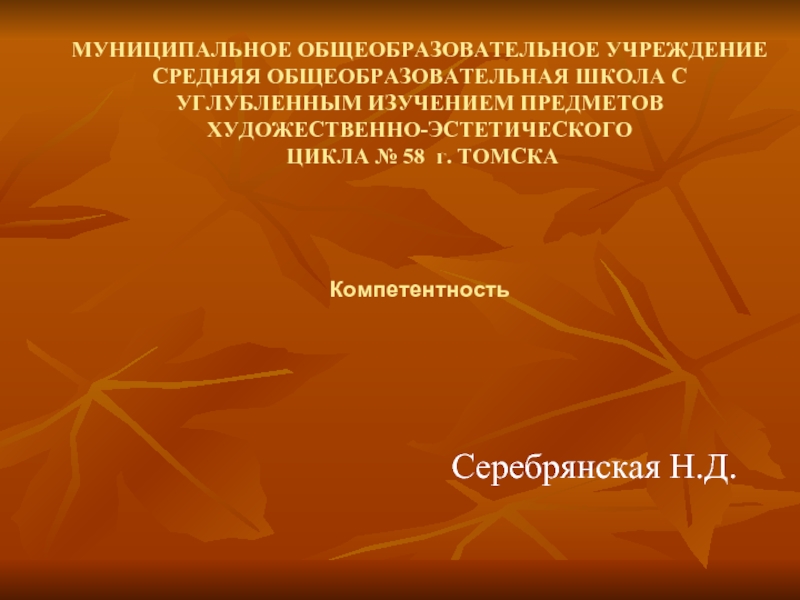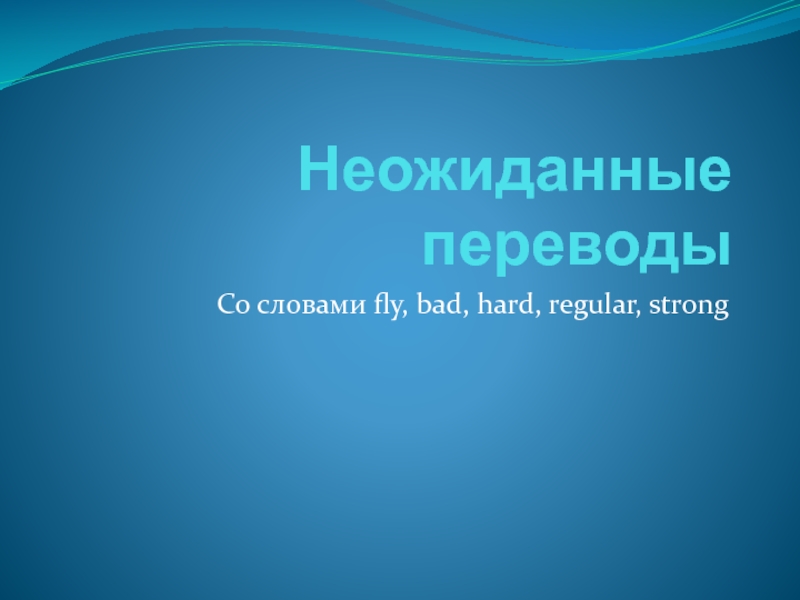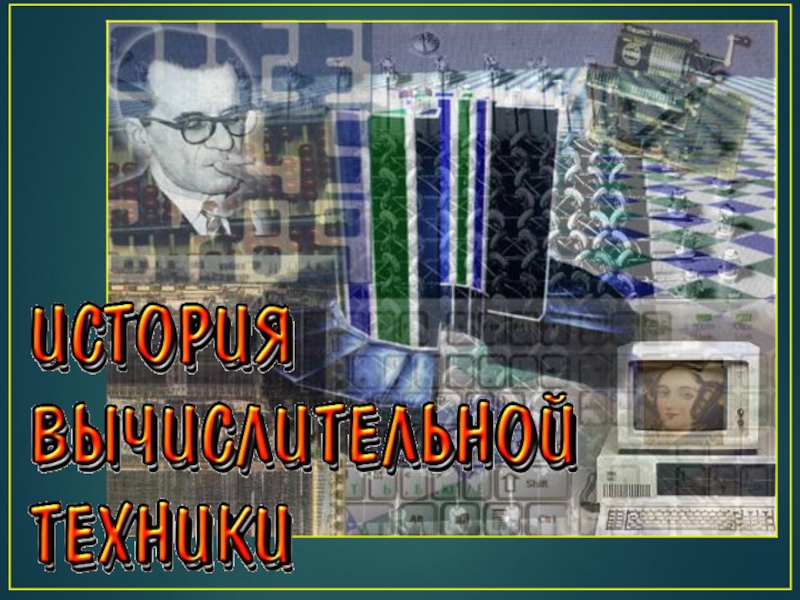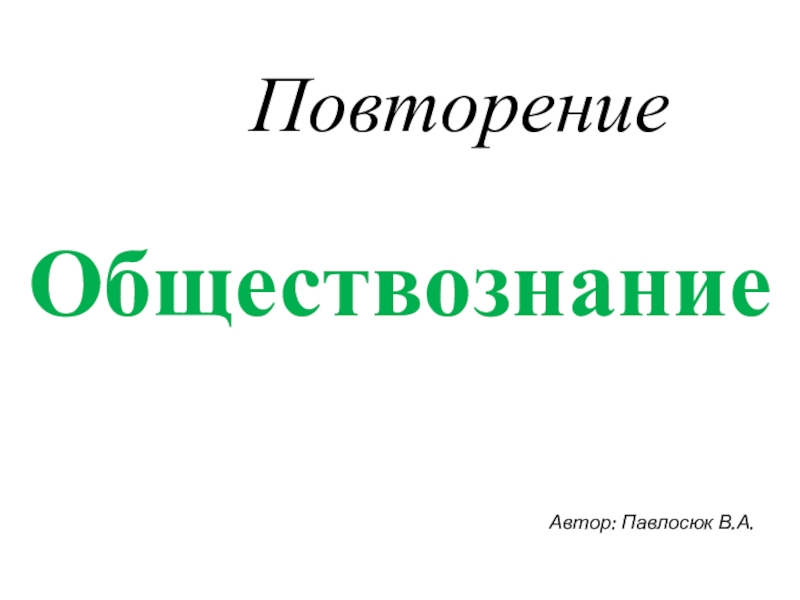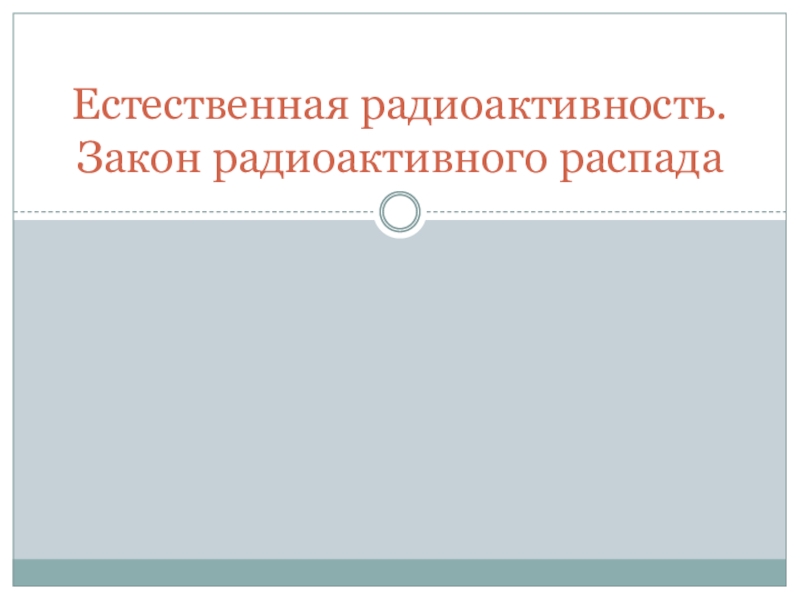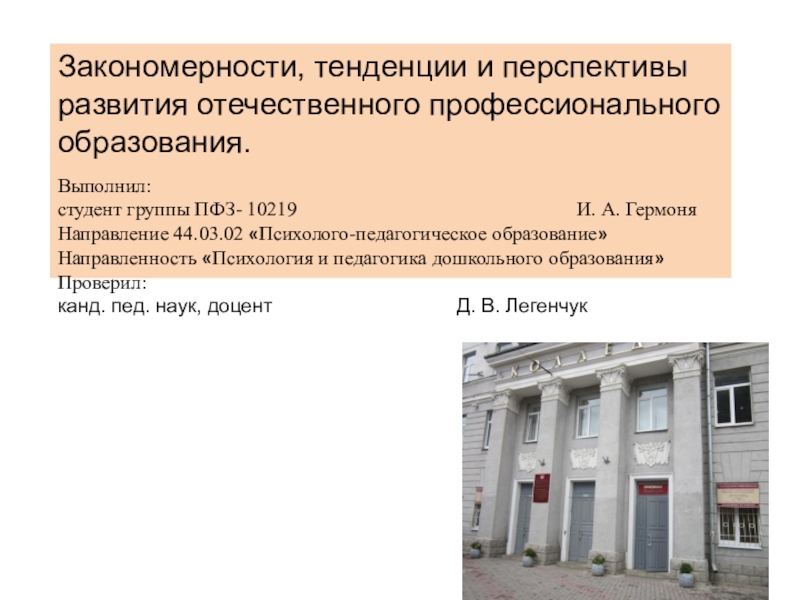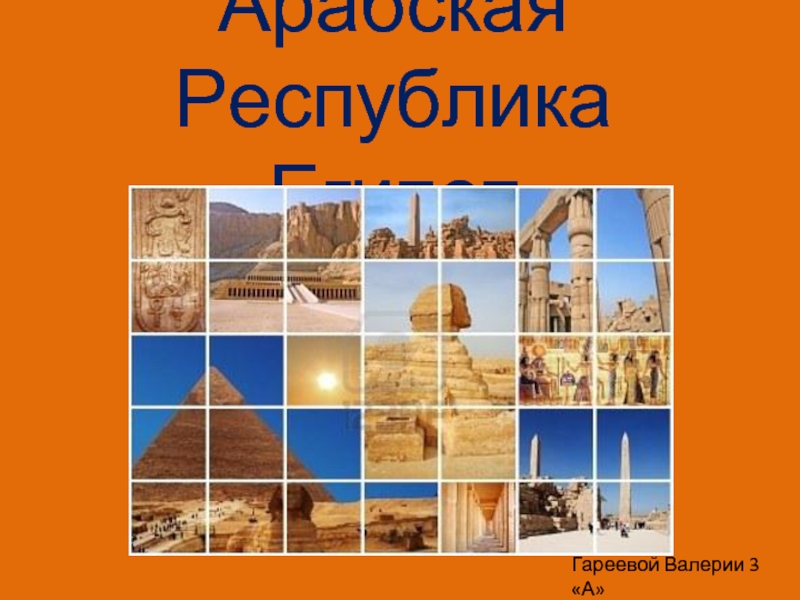Разделы презентаций
- Разное
- Английский язык
- Астрономия
- Алгебра
- Биология
- География
- Геометрия
- Детские презентации
- Информатика
- История
- Литература
- Математика
- Медицина
- Менеджмент
- Музыка
- МХК
- Немецкий язык
- ОБЖ
- Обществознание
- Окружающий мир
- Педагогика
- Русский язык
- Технология
- Физика
- Философия
- Химия
- Шаблоны, картинки для презентаций
- Экология
- Экономика
- Юриспруденция
4.Оксфорд.Панкова
Содержание
- 1. 4.Оксфорд.Панкова
- 2. Developing EAP reading materials for teaching and publication
- 3. Abstract The talk will look at
- 4. Meaning-focused Output Reading should be related to
- 5. Growing class size, standardized tests,
- 6. Essential elementsTime relationshipsProblem and solutionCause and effectClassificationComparison and contrast ArgumentationDescription- processes/ sequencing NarrativeInstruction
- 7. DefinitionExplanationExemplificationGeneralization and specificityDrawing conclusionsRhetorical organization
- 8. TimeCourse design – test/ classroom vs. course/
- 9. Independent learningSourcesLengthThe level of the students and
- 10. Vocabulary Wordlists- Basic 2000 wordsAWL
- 11. The skills that students need to navigate
- 12. -drawing inferences and conclusions-deducing unknown words -understanding
- 13. Other skills Switching reading ‘gears’ Learning what
- 14. ‘Teacher skills’Not ‘killing students’ interest in reading
- 15. References Alexander, O., Argent, S. & Spencer,
- 16. Thank you!
- 17. Скачать презентанцию
Developing EAP reading materials for teaching and publication
Слайды и текст этой презентации
Слайд 4Meaning-focused
Output Reading
should be related to other language skills.
(Nation,
I.S.P. (2009). Teaching ESL/ EFL
Reading and Writing. New York.
Routledge.)Слайд 5 Growing class size, standardized tests, pressure from licensing
boards to introduce a certain number of topics, and the
speeded-up climate of the information age limit dialogue and the depth of presentation of academic material.Benesch, S. (2001). Critical English for Academic Purposes: Theory Politics, and Practice. Abingdon New York: Routledge.
Слайд 6Essential elements
Time relationships
Problem and solution
Cause and effect
Classification
Comparison and contrast
Argumentation
Description-
processes/ sequencing
Narrative
Instruction
Слайд 7Definition
Explanation
Exemplification
Generalization and specificity
Drawing conclusions
Rhetorical organization
(Jordan, R.R. (1997).
English for Academic Purposes: A guide and resource book for
teachers. Cambridge: Cambridge University Press.)Слайд 8Time
Course design – test/ classroom vs. course/ course book
The types
of questions
No questions
The topic
Teacher-centred materials
Student-centred materials
Unlike newspapers,
academic texts do not present information for interest and entertainment; they aim to present information in a way that will advance the understanding of that topic, ...(Alexander, O., Argent, S. & Spencer, J. (2008). EAP essentials: A teacher's guide to principles and practice. Reading: Garnet.)
Слайд 9Independent learning
Sources
Length
The level of the students and text complexity
Complexity –
simplification of the text
Glossaries
Topics- (unlimited?) vs. organization (range finite?)
Слайд 10Vocabulary
Wordlists- Basic 2000 words
AWL
(Coxhead,
A. 2000. A new Academic Word List. TESOL Quarterly, 34
(2): 213–38.)AKL
(Paquot, M. 2010. Academic Vocabulary in Learner Writing: From Extraction to Analysis. London & New-York: Continuum.)
AWL tool
Слайд 11The skills that students need to navigate reading texts efficiently
-prediction
-skimming
-scanning
-distinguishing between:
-factual and non-factual information
-important and less important
items -relevant and irrelevant information
-explicit and implicit information
-ideas examples and opinions
Слайд 12-drawing inferences and conclusions
-deducing unknown words
-understanding graphic presentation (data,
diagrams, etc.)
-understanding text organisation and linguistic/ semantic aspects,
e.g. relationships
between and within sentences (e.g. cohesion)recognising discourse/ semantic markers and their function
(Jordan, R.R. (1997). English for Academic Purposes: A guide and resource book for teachers. Cambridge: Cambridge University Press.)
Слайд 13Other skills
Switching reading ‘gears’
Learning what not to read/
look at
Studying/ learning/ testing/ leisure
Noticing/ recognizing function/ language/
Nominalisation vs. denominalization
Activating schemata
Predicting organization
Surveying
Слайд 14‘Teacher skills’
Not ‘killing students’ interest in reading by ‘doing a
text to death’
Creating interest in the text/ reading
(text without comprehension
questions)Comprehension of structure etc vs. content
Lexical priming
Deciding what to focus on
Слайд 15References
Alexander, O., Argent, S. & Spencer, J. (2008). EAP
essentials: A teacher's guide to principles and practice. Reading: Garnet.
Benesch,
S. (2001). Critical English for Academic Purposes: Theory Politics, and Practice. Abingdon New York: Routledge.Coxhead, A. (2000). A new Academic Word List. TESOL Quarterly, 34 (2): 213–38.
Jordan, R.R. (1997). English for Academic Purposes: A guide and
resource book for teachers. Cambridge: Cambridge University Press.
Nation, I.S.P. (2009). Teaching ESL/ EFL Reading and Writing. New York. Routledge.
Nuttall, C. (2005). Teaching Reading Skills in a foreign language (2nd Edition). Macmillan: Oxford.
Paquot, M. (2010). Academic Vocabulary in Learner Writing: From Extraction to Analysis. London & New-York: Continuum.
